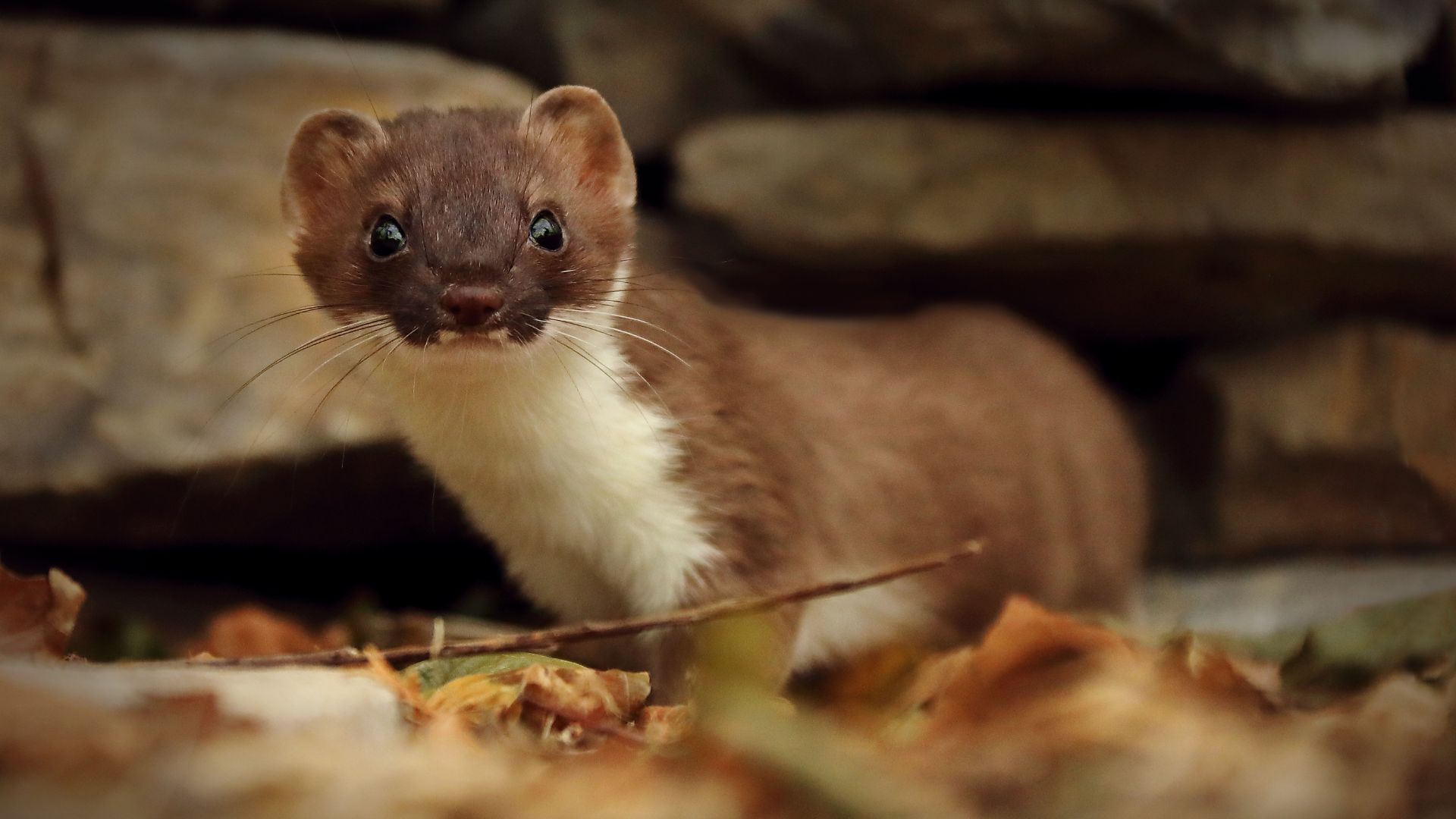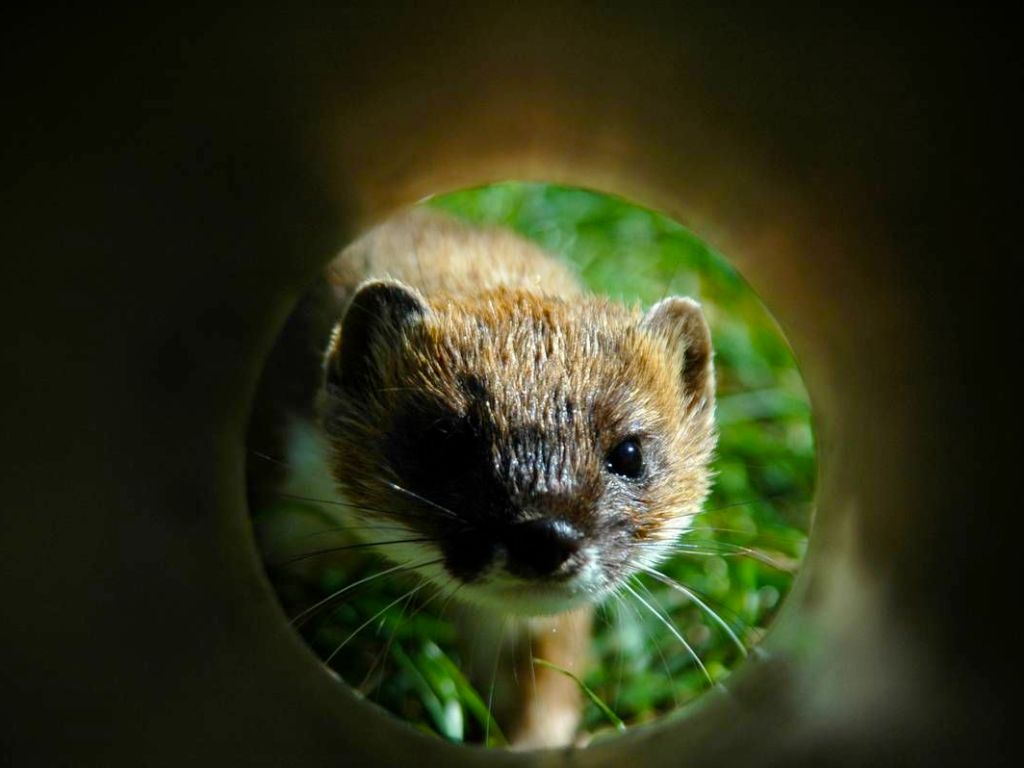Why do some stoats get caught in a trap, but others walk on by? Researchers have been diving deep into animal behaviour in an attempt to find out.

Manaaki Whenua researchers watched hours and hours of stoat TV, looking into why some are able to evade traps and other devices intended to attract and kill them.
Drs Kayla Johnstone and Patrick Garvey’s recently published research ‘To boldly go: methods to quantify personality in mustelids’ is the first of its kind – and it’s much needed in the predator free space. Right now, the tools we have can remove most individual stoats in a target population but always leave some survivors.
“Individual differences will influence whether an animal goes into a trap, how it responds to scent lures, or indeed any management action,” says senior researcher Dr Patrick Garvey.
They quantified eight significant traits relating to boldness, exploration, activity and caution using three seemingly strange tests – more about those later.
“These potentially important aspects of individuality, including differences in life histories, motivations and personalities, may undermine the effectiveness of any pest control program. Therefore, it is critical to understand individual variability in pest responses as we move towards predator freedom in Aotearoa.”
“If we focus on the ‘average’ pest, we fail to mitigate the damage done by ‘rogues’ (those individuals that cause disproportionate impact) and ‘recalcitrants’ (those individual animals we know avoid standard control measures),” he says.
“These two groups of pests are the ones that cause most damage and are very expensive to remove.”
For example, the Department of Conservation spent nearly half a million dollars on an operation to kill one stoat on Te Kākahu-O-Tamatea (Chalky Island) in Fiordland. If not, the stoat would have killed kākāpō, skinks and little spotted kiwi chicks.

Dr Johnstone and Dr Garvey’s methodologies should next be applied in natural environments – a crucial step as behaviours tested in captivity may not reflect those in the wild.
So, how did they do the tests?
It involved a slinky, rocket, tennis ball and a toy car

First, the researchers captured 28 wild stoats using a range of trap and bait types.
To quantify a range of traits, the stoats were placed in an arena and their behaviours, such as how they respond to bright (risky) areas, were filmed for five minutes using infrared cameras.
A unique object was placed in a cage away from food to test responses to novel items. A toy rocket, toy car, coloured slinky and tennis ball were tested in random order.
A talking human walked past the stoat cage to test a stoat’s startle response, and the latency (time) for a stoat to reemerge was quantified. This allowed the researchers to quantify a range of personalities from bold to shy.
Analysing behaviours from these tests will allow future researchers to link personalities to responses to control tools, thereby improving targeting strategies, especially for “shy” individuals.
Shifting the focus of research
The project is part of Manaaki Whenua’s Eradication Science MBIE Endeavour programme, which is all about looking into how to eliminate the last few predator survivors cost-effectively.
Four years into the programme, they have made real progress.
For example, they have tested the responses of stoats to various audio lures, including prey distress calls, stoat calls and predator vocalisations. Stoats responded to some of these cues – notably when a stoat that had evaded capture for months was lured into a trap using the sounds of baby stoats.
By unravelling stoat personalities and fine-tuning control strategies, scientists are paving the way for more effective predator eradication efforts, bringing us closer to a predator free Aotearoa.

